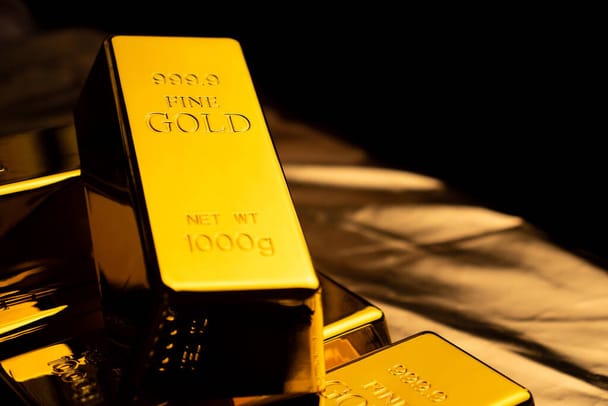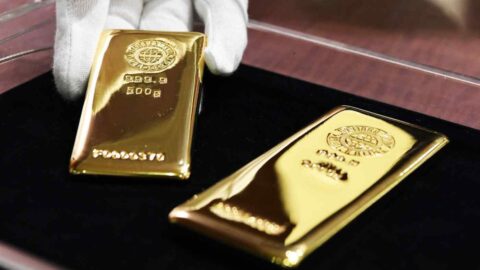Gold prices have increased, reaching around $2,730 during Monday’s European session, after a 1% rise on Friday. The price rise is driven by two main factors: the Middle East conflict pushing investors to seek safe investments and China’s decision to make borrowing easier. As a result, gold has become a popular choice for many investors during these uncertain times.
Middle East Conflict Increases Demand for Gold
The ongoing conflict in the Middle East has made gold more attractive to investors. Israel has increased its attacks on Hezbollah’s funding network in Lebanon, which is supported by Iran. There is also talk of Israel possibly launching a strike against Iran after a drone exploded near Israeli Prime Minister Netanyahu’s home.
These events are causing uncertainty, making gold a go-to investment for those seeking security.
China’s Economic Changes Support Gold’s Appeal
Apart from the Middle East tensions, China’s central bank has lowered its interest rates. This makes gold more appealing because it doesn’t pay interest, so lower rates improve its attractiveness. The People’s Bank of China’s decision to cut rates encourages more investors to buy gold, especially in China, which is the largest gold market in the world.
Gold’s Next Steps: Technical Analysis

Gold prices has been rising steadily. After breaking the $2,700 level, the next target is $2,750. However, the Relative Strength Index (RSI) suggests gold may be overbought, meaning investors should be cautious about adding more positions right now. A pullback could occur, but the overall trend remains upward.
Support levels for gold are $2,700 and $2,685.
Conclusion
Rising tensions in the Middle East and China’s supportive economic policies are driving up gold prices. Investors are turning to gold as a safe-haven option during these uncertain times.
For more insights on gold trading, visit our Daily Gold Signal website. For daily updates on gold prices, you can also visit our Daily Gold Updates page.





